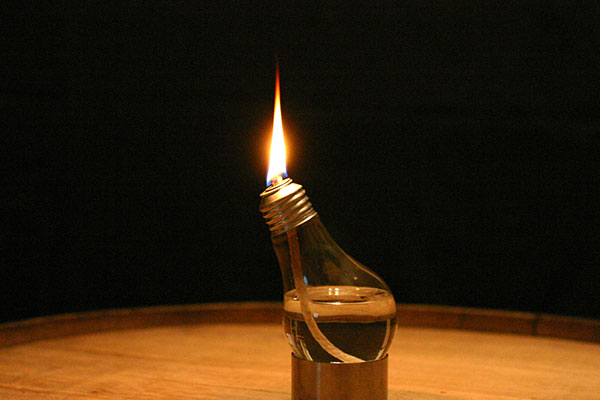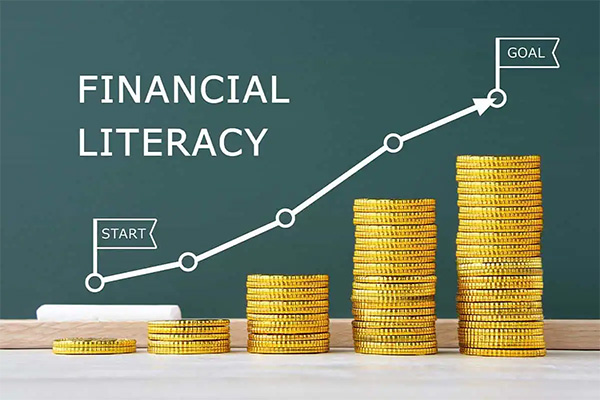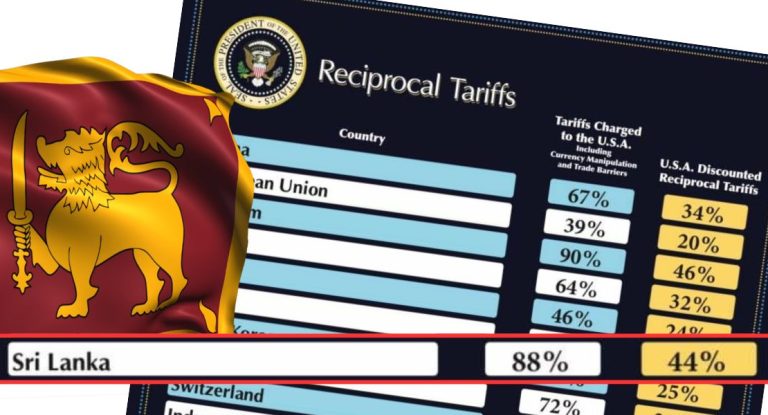By Ajith Perakum Jayasinghe
Electricity reform in Sri Lanka is more than just a technical debate—it’s at the heart of whether families live with dignity, industries remain competitive, and students study without disruption. The country’s power sector, once envisioned for transformation, may now be at risk of another cycle of inefficiency and crisis.
Opening Kathikawa’s 232nd episode, a series of public dialogues organised by the National Movement for Social Justice, moderator Professor Rohan Samarajiva offered a timely reminder of how Sri Lanka reached this juncture.
“The Ceylon Electricity Board (CEB) was established in the 1960s. Later, LECO was formed to distribute electricity and today only holds about 10% of the market. It was in the early 2000s, following nationwide power cuts, that Sri Lanka truly realized the urgency of securing energy sustainability. Recognizing that no country can move forward without energy security, the No. 28 of 2002 Electricity Act was introduced. Its goal was to restructure the electricity sector and improve governance at CEB. Alongside it, the Public Utilities Commission of Sri Lanka (PUCSL) was created to ensure independent regulation.”
However, these reforms were soon reversed. In 2009, the Mahinda Rajapaksa government, supported by the JVP, repealed the 2002 Act and introduced a new one, No. 20 of 2009 Electricity Act, that halted the unbundling of the CEB. From 2012 onward, electricity tariffs were not adjusted, forcing CEB to absorb massive losses, mostly driven by fossil fuel purchases. The Treasury stepped in, but not without consequence: by 2022, Sri Lanka faced 13-hour blackouts, highlighting just how vulnerable and unsustainable the system had become.
The 2024 Electricity Act (No. 36 of 2024) aimed to fix this. It proposed the unbundling of the CEB into 12 specialised entities, the creation of a national system controller, the introduction of competitive markets, and the facilitation of renewable energy integration. But now, just a year later, the proposed 2025 Electricity Act threatens to undo much of that progress.
🔌 What’s Changing—and Why It Matters
The newly proposed bill appears to reverse many of the core principles of the 2024 Act, most notably, the unbundling of the CEB.
Dr. Pradeep Perera, a senior energy expert, explained:
“The proposed amendment in 2025 does not change the Sri Lanka Electricity Act in a substantial manner. The unbundling of CEB to separate corporate entities responsible for generation, system operation, transmission and distribution has not been changed. However, the further unbundling of generation and distribution company to 4 generation companies and 4 distribution companies as proposed in 2024 Act, has now been proposed to be undertaken in the second stage and the number of companies in the second stage has not been mentioned in the Act. In addition, the government ownership in the Transmission Company to take over the existing National Grid has been increased to 100% from 51% while retaining the provision to allow private sector investments in new transmission assets. The Regulator is also required to set the tariffs in consultation with the Finance Ministry. “
T💡 Digital Age, Analog Laws?
For Ashoka Abeygunasekara, an electrical engineer and long-time advocate for civil society involvement in energy policy, the debate among the stakeholders misses the point.
“We’re moving from an A3 world—Analog, Asynchronous, and Authoritarian—to a D3 era: Digital, Decentralized, and Democratized,” he said.
“Consumers today are becoming prosumers—both generating and consuming power. But our laws still treat them like passive users. What we need is a smart, flexible grid—not a smarter monopoly.”
He warned that failure to align with this transformation would leave Sri Lanka far behind global energy trends.
🔋 Beyond Ownership: It’s About Vision
While much of the political debate has fixated on state vs. private ownership, energy analysts argue that this binary misses the real challenge.
“The real issue isn’t public versus private—it’s whether we’re building a resilient and responsive system,” said Dhananath Fernando, representing the Advocata Institute.
“Sri Lanka’s poor credit rating already deters investors. Maintaining full state control only deepens this challenge, in the context of state credit limitations and already accumulated debt burden. The 2025 Bill weakens the unbundling process and violates the principles of the 2024 Act—especially those encouraging innovation, efficiency, and competition.”
Fernando noted that the bill also fails to incentivise rooftop solar, grid-scale batteries, or digital metering tools that are now common across successful energy markets.
📉 Will History Repeat Itself?
With Rs. 250 billion in debt and constrained borrowing under international regulations, Sri Lanka’s electricity sector is walking a tightrope. Without structural reform and investor confidence, the country could soon return to the crisis conditions of 2022.
The proposed 2025 Bill, while reinforcing state ownership, does little to resolve systemic inefficiencies and discourages much-needed private participation.
“What matters most is not just ownership, but how reforms are implemented,” warned Prof. Samarajiva. “Without a clear, long-term vision, we’re just putting patches on a system that’s leaking at every seam.”
🌱 Where Do We Go From Here?
At stake is not only energy security, but the economic future of the country. As Sri Lanka eyes industrial recovery, export growth, and digital transformation, a modern, reliable electricity system is non-negotiable.
The choice is clear: embrace innovation and accountability, or risk plunging back into darkness.
💬 Should we modernise for the future or cling to familiar but failing models?
Join the conversation, tag a policymaker, and let’s bring power back to the people.
#SriLankaPowerCrisis #ElectricityBill2025 #EnergyReform #Kathikawa #FutureOfEnergy #SmartGridSL #Prosumers #PUCSL #PowerToThePeople







